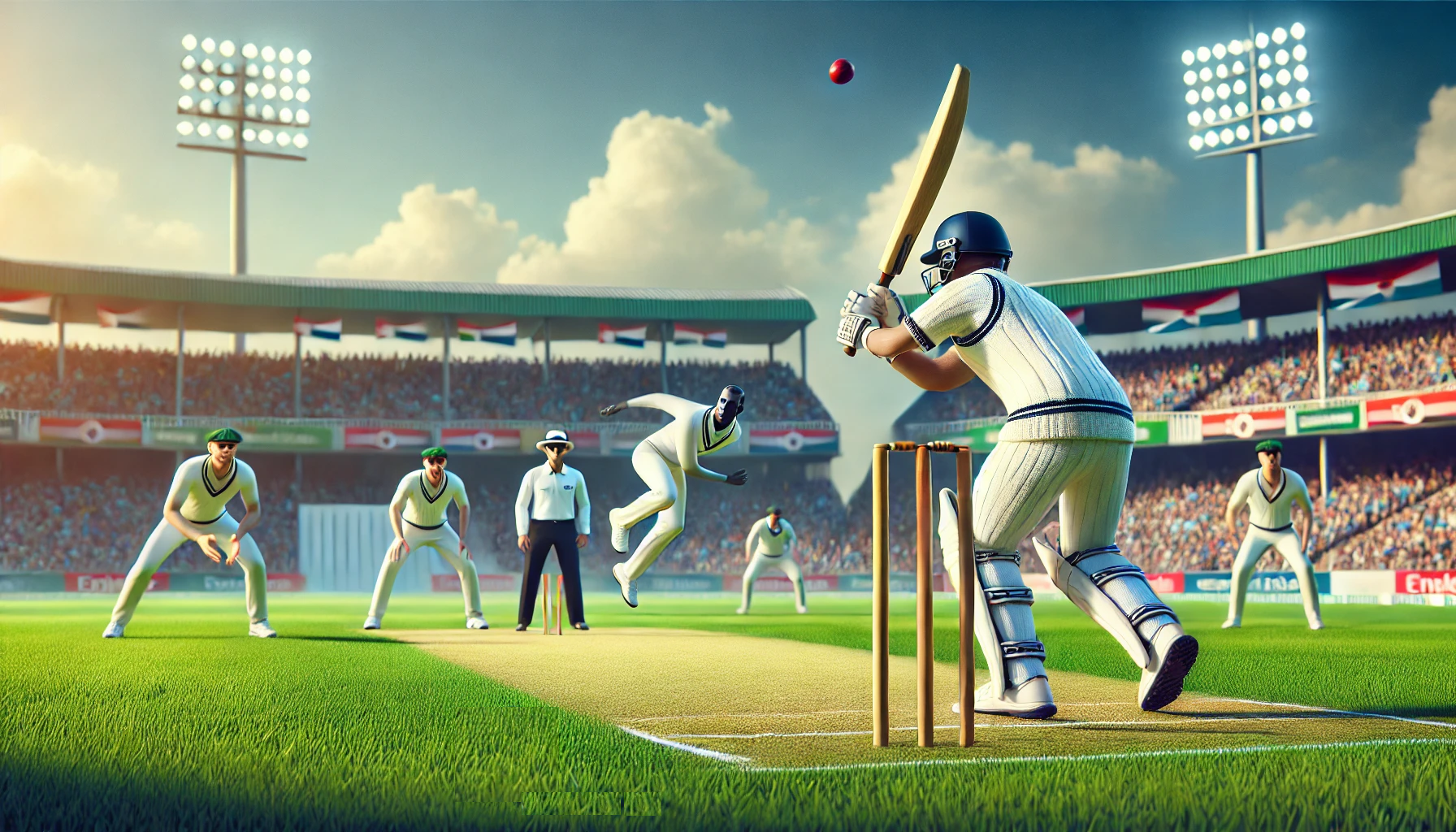Neural Networks: The Game of Cricket
Artificial Intelligence is revolutionizing industries and improving lives. One of the most fascinating aspects of AI is the neural network, a complex system inspired by the human brain. These digital networks are the driving force behind groundbreaking technologies, from self-driving cars to assistive devices that empower people with special needs.
What if we could understand these complex networks through something as familiar and beloved as cricket? Get ready, because we’re about to show you how these two seemingly different worlds are a perfect match for each other!
The Cricket Pitch: Neural Networks Explained
Imagine a thrilling cricket match at Lord’s. Each player contributes to the team’s overall performance, just as every neuron plays a crucial part in processing information within the network.
The Players and the Field
Cricket Team (Model): A neural network is comparable to a cricket team, composed of individual players (neurons), strategies, and an overall structure. Both learn and adapt to achieve desired outcomes.
Player (Neuron): Just as cricketers have specific roles, neurons are the fundamental units of a neural network, processing information and contributing to the overall performance.
Captain (Specialized Neuron): Similar to a cricket captain, a specialized neuron or control mechanism guides the network’s operations.
Field (Network Architecture): The cricket field represents the neural network’s architecture, encompassing all components and their interactions.
Ground (Data Environment): Like the cricket ground, the data environment influences the neural network’s performance.
The Game: Neural Network Processes
Ball (Input Data): The ball in cricket corresponds to the input data fed into a neural network.
Bat (Activation Function): The bat’s role in hitting the ball mirrors the activation function, determining how neurons process input.
Coach (Weights and Biases): Like coaches, weights and biases shape a neural network’s performance. They influence the strength of connections between neurons and introduce a baseline value.
Team Strategy (Hyperparameters): Cricket strategies align with hyperparameters, which define the neural network’s training conditions.
Score (Accuracy): Runs in cricket represent the accuracy or confidence level of the neural network’s predictions. A boundary (4 or 6) symbolizes a highly confident, accurate prediction.
Training Sessions (Model Training): Net practice sessions are comparable to the training phase, where the neural network learns from data.
Warm-up Matches (Model Testing): Practice matches help evaluate a team’s readiness, similar to testing a neural network’s performance.
Matches (Model Inference): Real matches align with the inference phase, where the trained neural network is applied to real-world tasks.
The Game Environment
Field Umpires (Real-time Validation): On-field umpires resemble real-time validation mechanisms in neural net.
Third Umpire (External Validation): The third umpire’s role mirrors external validation methods.
Wickets (Errors): Losing a wicket corresponds to errors or misclassifications in the neural network.
Fans/Spectators (Output/Users): Cricket fans are analogous to users or applications that rely on the neural network’s output.
Team Manager (Training Strategy/Algorithm): The team manager overseeing strategy mirrors the algorithm guiding the neural network’s learning process.
All-rounder (Versatility): An all-rounder’s skills resemble versatile neurons capable of handling multiple tasks.
Scoreboard (Performance Metrics): The scoreboard displays match results, similar to performance metrics in neural net.
Practice Nets (Overfitting and Regularization): Practice nets help prevent overfitting, just as regularization techniques in neural networks.
Team Selection Committee (Model Selection): The selection committee parallels the process of choosing the best neural network model.
Injuries (Overfitting/Underfitting): Player injuries can represent overfitting or underfitting in a neural network.
Commentators (Interpretability): Cricket commentators provide insights, similar to interpreting a neural network’s decisions.
From Pitch to Powerhouse: Training a Neural Network
Just as a cricket team trains and strategizes, a neural network undergoes training to achieve accurate predictions.
Setting Up the Cricket Team (Neural Network Initialization): The team selection committee (model selection) picks the team, deciding which players (neurons) will be part of the squad. The initial model is like the team’s blueprint — players and strategies are ready but untrained. As the team undergoes training, it refines its skills, much like how a neural network learns from data. The trained model is then ready for deployment, just as a cricket team is prepared for competitive matches.
Preparing the Field (Network Setup): The cricket field (network architecture) and ground conditions (data environment) are set up, defining the overall structure where the neural network operates.
Training Sessions (Model Training): Players start with fundamental skills training, analogous to the input layer processing data. Intermediate tactics (hidden layers) refine this data through complex processing. Practice nets (regularization techniques) prevent overfitting, ensuring the model generalizes well.
Warm-up Matches (Model Testing): Before the real matches, teams play warm-up matches to test strategies, similar to how neural networks are tested with validation data.
Actual Matches (Model Inference and Production Use): The trained model is deployed in real-world scenarios, making predictions or decisions based on new data, just like playing matches against various opponents.
Leveraging Advanced Techniques: Just as cricket teams adopt proven techniques and strategies, neural net can use advanced methods like transfer learning, CNNs, and RNNs to boost their performance.
Beyond the Analogy: The Impact of Neural Networks
I hope this analogy has sparked your curiosity and deepened your understanding of neural networks and Artificial Intelligence. Just as a well-coordinated cricket team can achieve remarkable victories on the field, a well-trained neural network can turn vast amounts of data into powerful insights, groundbreaking solutions, and innovative advancements.
As we continue to explore and refine neural net, we are building a future where AI enriches lives and creates a more inclusive world.
“Enjoy the game & chase your dreams. Dreams do come true.”
— Sachin Tendulkar
